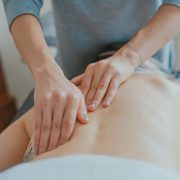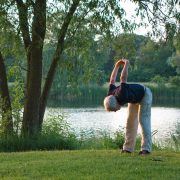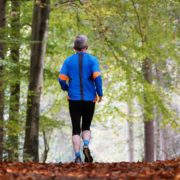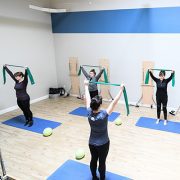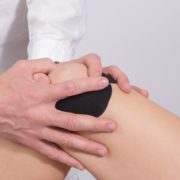Three Reasons Your Physical Therapy Didn’t Work
Have you been to physical therapy once, twice, maybe even three times for the same thing… and now you’re left wondering why it didn’t work?
Or perhaps you went to physical therapy and it “worked,” but you have to do about 10 exercises per day that if you miss… even once… the pain comes right back. (hint – that means it didn’t actually work.)
This is sadly an all too common occurrence in this profession.
Here are three reasons why your physical therapy treatment might not have worked:
1. Incomplete Evaluation
For physical therapy to be successful – it MUST start with a full and thorough musculoskeletal examination. But for varying reasons, this isn’t always possible. The problem in most traditional physical therapy settings is that physical therapists are sometimes restricted with what they can and can’t do. Sometimes the restriction comes from an insurance company, and sometimes they are simply overworked. If a doctor sends you for knee pain, your PT may only be able to look at and treat your knee. They are administratively prevented from giving you the full and thorough examination that you need. I can’t tell you how many times I’ve seen knee pain being caused by someone’s spine. If I wasn’t able to look at and treat that area, I’d have missed it.
Other times PTs have too many patients at once, and are forced to take shortcuts. This could cause them to miss important details. I’ve been at this for 20 years, and in my opinion, the perfect physical therapy evaluation should consist of three major components: the interview, the examination, and the plan. Your therapist should be asking you a lot of questions to find out how your pain is impacting you. They should do a lot of movement testing (not just poke you) to confirm why you’re having pain. And lastly, they should clearly explain to you why your pain is behaving the way it is and have a solid plan to solve it, one that is not dictated by your insurance company. If your PT evaluation didn’t look like this, or your therapist was rushed, chances are something got missed.
2. Too Many Passive Modalities
The second reason I see physical therapy not working for people is because your PT used too many passive modalities. This includes everything from electrical stimulation, ultrasound, dry needling, Graston technique, traction, laser therapy, and even manual therapy. We call these treatments “passive” because they are done to you. There is a time and place for these things, but generally speaking, they should only be used to address very specific pain and impairments that are preventing you from moving in a way that is going to produce real healing .
For example, let’s say you’ve got a tight knot in your upper trap that is giving you neck pain. There are some fabulous modalities like dry needling and massage that will quickly get rid of your pain. But a few days later, the pain will come back. That’s because the tight knot is the symptom, the underlying cause of this recurring tight knot is what’s essential to figure out and address. If all your therapist does is treat the symptom with passive modalities that feel good, your therapy isn’t going to work and you’ll continue to suffer.
3. Too Many Exercises
The last reason I see physical therapy not working is because there are just too many exercises being done. Physical therapists LOVE to give homework, but sometimes that homework can turn into two or three pages of exercises. This is rarely necessary. And the chances of anyone doing all of these exercises every day is highly unlikely. My firm belief is that your physical therapist should be working on highly specific problems with highly specific exercises.
I refer to these as corrective exercises, and you typically should only have 3-5 to do at any given time. These corrective exercises should compliment what you are doing in your session, and be designed to specifically address pain, and/or a very specific impairment or weakness. They should not be generalized or cookie cutter, and you should absolutely have a very good understanding of why you are doing them and what they are designed to accomplish.
Now you know what quality physical therapy should look like. If you’re not getting it, it might explain why it “didn’t work.” Sadly, insurance puts a lot of limitations on what physical therapists can and can’t do. Which is why a lot of people are starting to move away from using their insurance all together. They know they can get better quality care, and have their problem resolved completely, by paying out of pocket to an office that isn’t tied behind red tape. Plus, while it might seem cost prohibitive at first, it’s a lot better than the costly alternative of unnecessary surgery or injections.
Remember that physical therapists are movement experts.
If you’re only doing cookie cutter exercises, riding the bike for 10 min, or just lying on the table every session – you’re not spending adequate time restoring full mobility and quality of movement.
Your physical therapy probably won’t work, and it certainly won’t give you the lasting results you’re looking for.
If this experience is sounding all too familiar – consider working with a practice like ours. We’re not restricted by the red tape and we care about doing things the right way, even if that means more work on our end.
Curious? Talk to one of our specialists for free!
If you’re local to Portsmouth, NH – You can do that by Requesting a Free Discovery Session right HERE!
Dr. Carrie Jose, physical therapist and Pilates expert, owns CJ Physical Therapy & Pilates in Portsmouth and writes for Seacoast Media Group. To get in touch, or get a free copy of her guide to taking care of back pain, email her at [email protected].

